Whenguys get together there is usually no lack of posturing. When it comes to climbing, the Internet allows all sorts of spewing that won't happen in person, face to face. "Stand and deliver" actually means something on the rock. It is how we measure ability..and mouth some times.
Some might have expected by now that I like measurement and comparisons. I see a lot of gear and the small percentage of what I do like I can easily put words to. But I find it even more interesting when very similarproducts are forced to "stand and deliver". Get down to the details and there is generally a different worth noting.
Two mid weight down climbing jackets I like a lot and have mentioned before on the blog seemed worthy of a side by side comparison. Both jackets run a little small compared to US sizing. The numbers listed here are for a men's XLin both jackets. I am 6'1" and 187#. Both jackets fit me well with even light layers under them. The RAB being the slightly bigger of the two for overall fit. But easy enough to call both patterns "athletic" for fit.
The Narrona Lyngen, 22.3 oz or 632g. 3" of loft at the shoulder. Retail? $348.95 Only one US retailer.
(3/4" ofadditional loft and a big drop of 9.5 oz in weight from my first Lyngen of 3 years ago!) One seriously has to wonder what changed?
"Aero™down proof 30 g
A super-lightweight and down proof technical fabric, aero™down proof weighs about 30 grams/m². It’s soft, water-repellent and windproof, and has a good strength for being so lightweight.
down™750
Our down products use the highest available down quality that we can find, which is a by-product of the food industry (in contrast to being killed just for insulation). Our down comes from the mountains of Pyrenees in France where the birds spend their days outside in a free gazing environment. All treatment of the birds complies with European standards, and the highly specialized washing of the down passes the Oeko-Tex 100 standards. Our down™750 means down fill power from 750 to 800 cu in/oz with the percentage of down cluster from 93–96%.
PrimaLoft™ One 130 g
PrimaLoft™ is a patented micro-structure that gives great thermal insulation to help the body maintain its temperature, minimizing energy loss. Extremely light and soft, it was originally developed by the US Army to replace natural down. As down absorbs moisture, it becomes wet and loses its thermal-insulating abilities. PrimaLoft™ absorbs three times less water, is 14% warmer when dry and 24% warmer when wet, than the competitive insulation."
130g Primaloft is used in the hood and neck, and in side panels from the wrist's cuff to the arm pit and back down to the waist's hem.

http://www.norrona.com/Products/3170-09/lyngen-down750-jacket-m
The RAB Infinity, 17.4oz or 492g, 3" of loft at the shoulder. Retail? $299.95 Andmany US retailers
"[shell] Pertex Syncro (10D ripstop nylon); [lining] Pertex Quantum (10D ripstop nylon)
850-fill European goose down" (It seems RAB likes a short description, but that is all they have listed:)

http://us.rab.uk.com/products/mens-clothing/down_1/infinity-jacket.html
For agear geek is waskinda fun to make this comparison. For the 3" of insulation both jackets offer with premium goose down one has to ask why the weight and cost differences? And which jacket offers an advantage for the climber?
After all RAB has made its reputationbased on customers for the most part, members of the climbing community. Differing with what Narrona has done for the most part in the skiing community.
I have used both jackets climbing with great satisfaction. Again both jackets are sewn through baffling with an extra layer of material used as a wind panel across the chest. Simply sewn through in back. Both have hoods you can use over a helmet. The Narrona hood is much larger though and easier to use with a helmet and offers muchmore protection with a flexible visor and a tunnel design on the neck.

28" back

24" back
The difference in that 4" is a longer back on the Lyngen.
Below is a side view of the front to back taper on both jackets.

But the front, where the harness is, stays the same.

straight cut sleeves and arms

Raglan sleeves and articulated elbows

Sewn baffle comparisons

Hood and neck detail

Hood and neck detail

doublecuff on left and a single cuff on the right

Nylon mesh chest pocket that doubles as a stuff sack with haul loop

small internal chest pocket..of minimal use because ofsize
22.6 oz or 17.4oz ? As expected from two of the cutting edge climbing design teamsyou get a choice. 5.2 oz more in the Lyngen gets you a little more jacket for warmth and coverage. More hood, more garment length and the back up of Primaloft One in areas most likely to get wet in use. And most important a pattern more easilyallows one to climb some very difficult terrain and stay covered.
For a bitless than a 1/4pound in weight savings the Infinity gets you a very basic jacket with a great attention to detail and a littleless of weight.Hard to turn a blind eye to that fact with all the basic needs covered and$50 less @ retail.
Both jackets have single slide front zippers. Too bad because both could use a dbl slider to get around the harness. Both offer good zipper buffers/baffles and coverage.
The integrated stuff sack and tie in on the Lyngen is a nice feature. The Infinity chest pocket barely has enough room to carry thestuff sack that comes with it. The integral pocket with the net backing seems a bit fragile on the Lyngen. But it stretches to fit. The Infinity comes with its own stuff sack. Both carry systems have integral haul loops attached.


Compression is about the same on both jackets. Either will easily fit in the RAB stuff sack.
The shell material on either jacket will shed water for a good bitof time. But neither material is "water proof", The Lyngen 's nylon isheavier physically than the Pertex RAB uses. Neither material will do well wrestlingwith limestone.
So what did I get from this review? Comparisons generally have a single winner.
I added up the "points". Lyngen has a better hood, better cuffs, better pattern and articulated elbows. It has a better internal pocket to dry gear in and would make a better pillow if that is something you require. Call it 6 points better than the RAB.
TheRAB is simple. I like the fit and how light it is. I like the Pertex. I didn't notice the smaller hood or the simple pattern cut on the RAB while wearing it, only as Ilayed them both out on the floor for photos.
I knew I liked the Lyngen better but wasn't sure exactly why. But no question I like the $50 savings on the RAB. The RAB versionmight well have a better quality down and more of it. Ican't tell.
I am obviously nit picking here. Others may preferthe simplicity and less weight above everything else on the RAB. Both are seductive.
Both of thesejackets are exceptional garments for my own use. This review, like many I do was simply for my own edification. I am keepingand will use both jackets.
 That's what it was like on the mountain this weekend. I made it to Camp Muir Saturday, my first opportunity in over two months. Finally, time to survey the camp and search for possible storm damage (and test the snow conditions on the Muir Snowfield).
That's what it was like on the mountain this weekend. I made it to Camp Muir Saturday, my first opportunity in over two months. Finally, time to survey the camp and search for possible storm damage (and test the snow conditions on the Muir Snowfield).  I was a bit surprised that there wasn't more snow cover between 7-11k. Everything looked wind scoured, i.e, lots of exposed rocks along the eastern edge of the Muir Snowfield, Cowlitz Cleaver, Muir Rock, etc. As for the upper mountain, the Nisqually Glacier looked very, very good. And while we're talking, so did the Nisqually Cleaver and Gib Ledges. Plenty of snow and ice in those rocky steep sections
I was a bit surprised that there wasn't more snow cover between 7-11k. Everything looked wind scoured, i.e, lots of exposed rocks along the eastern edge of the Muir Snowfield, Cowlitz Cleaver, Muir Rock, etc. As for the upper mountain, the Nisqually Glacier looked very, very good. And while we're talking, so did the Nisqually Cleaver and Gib Ledges. Plenty of snow and ice in those rocky steep sections After surveying the camp, it was time to confirm the conditions on the Muir Snowfield. And it was just as I thought it would be: 4,500 feet of untracked packed powder, with a few rocky areas around McClure. As you can see, the mountain turned pink for our descent. Top photo by Ethan McKinley
After surveying the camp, it was time to confirm the conditions on the Muir Snowfield. And it was just as I thought it would be: 4,500 feet of untracked packed powder, with a few rocky areas around McClure. As you can see, the mountain turned pink for our descent. Top photo by Ethan McKinley





















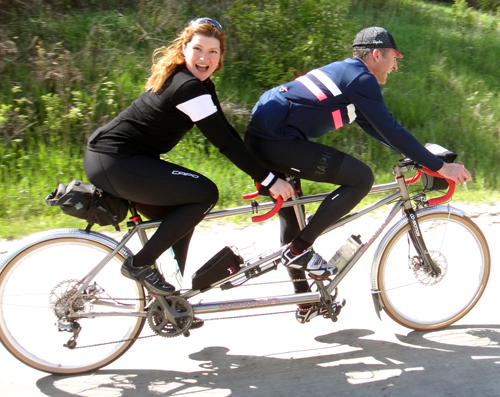
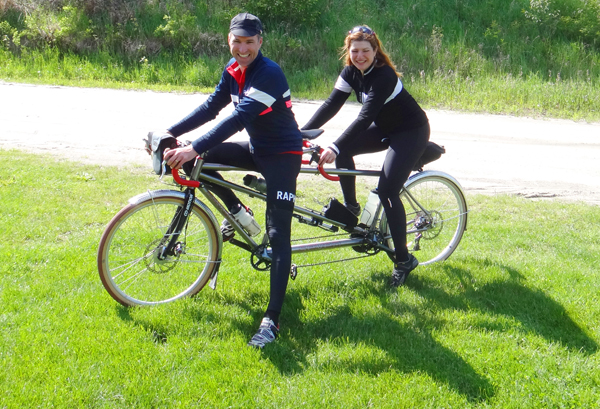
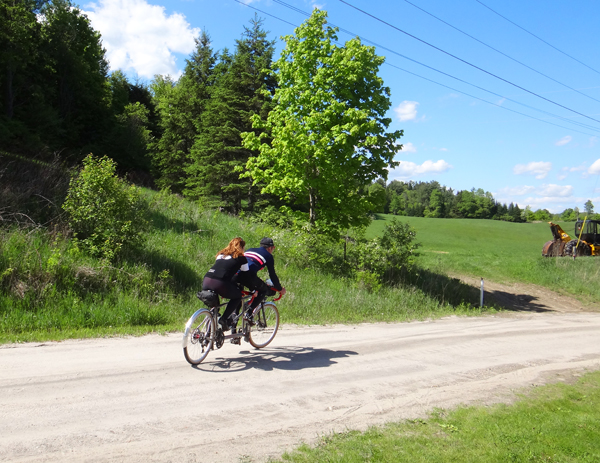
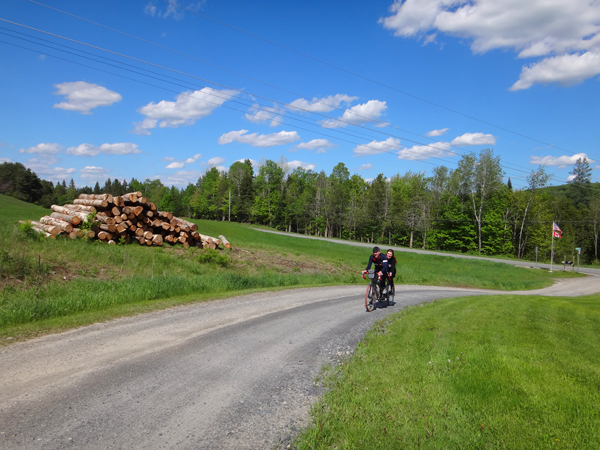
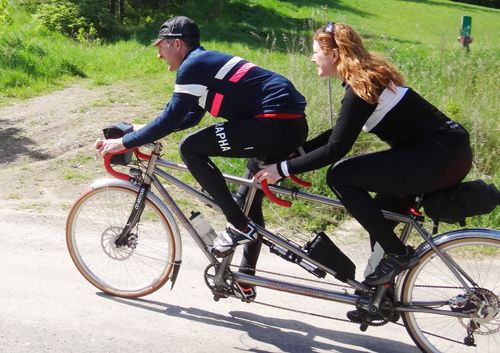
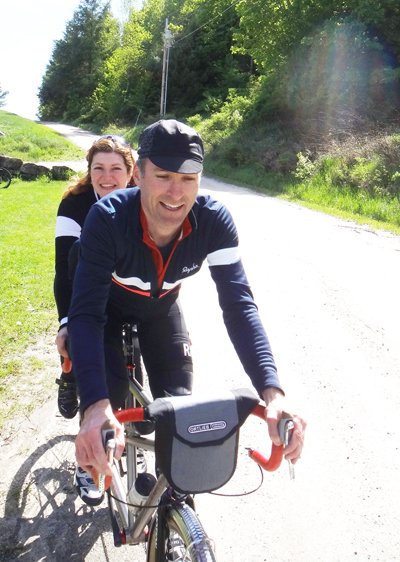



 The kittens decided to check out my birthday presents.
The kittens decided to check out my birthday presents.














